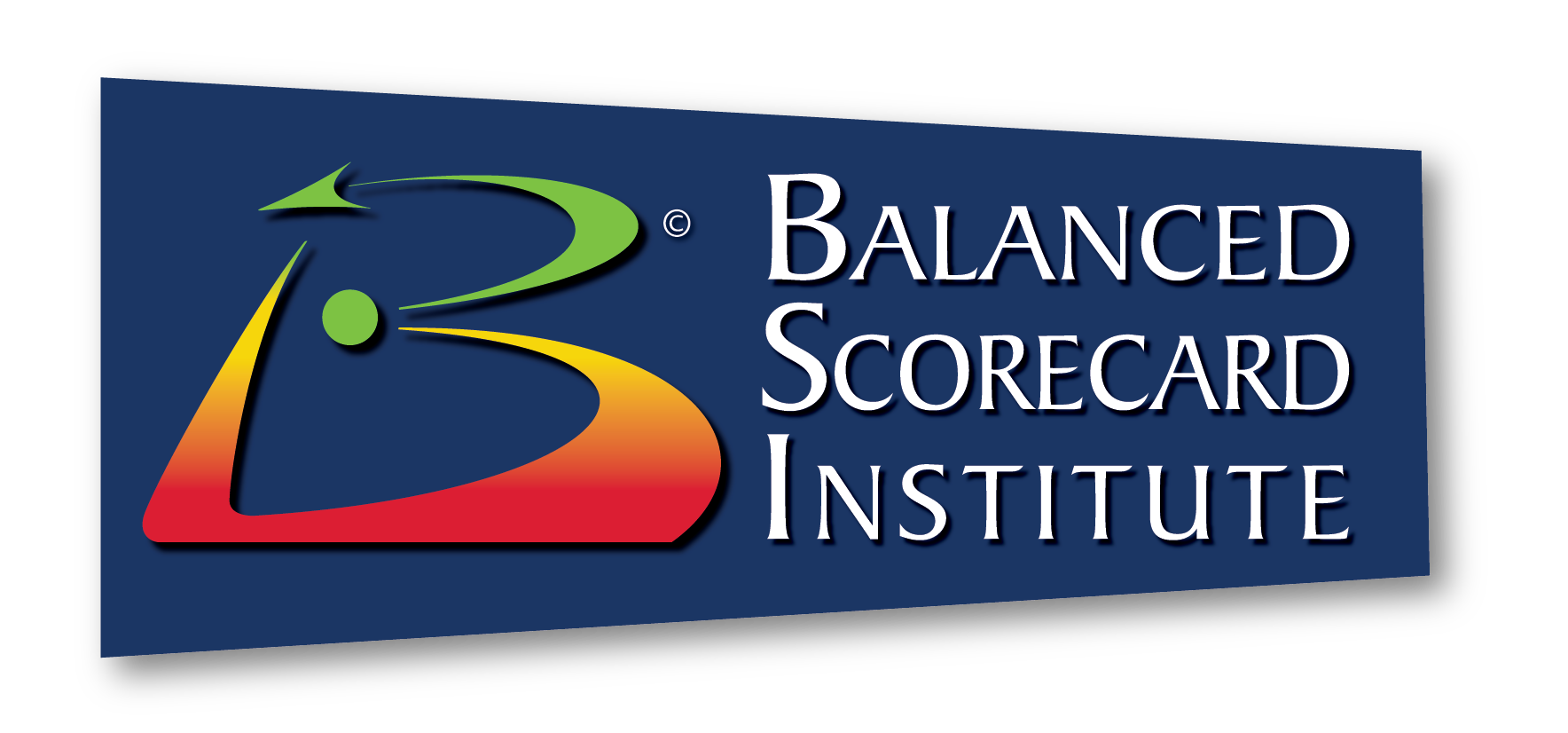Over the years, I have been afforded the opportunity to work with numerous organizations in a wide variety of sectors in the development of their strategy. Generally, I have found many of these organizations share similar challenges when it comes to strategy execution. Based on this interaction, I have found three common areas shared by these organizations in trying to achieve success in the deployment and execution of their strategy:
- The lack of real-time visibility into performance metrics and progress towards strategic goals
- Inefficient utilization of resources, resulting in multiple delays in schedule projects and missed targets
- Difficulty in identifying patterns and trends in large amounts of data
To successfully overcome these challenges, it is of utmost importance to be able to properly define Objectives and related Key Performance Indicators (KPIs) utilized to measure strategy. If an organization fails to properly establish these elements and align them with their strategy, their likelihood of achieving any success is non-existent. The second part of this equation includes aligning objectives and strategic goals throughout the various business units or departments that may exist within the organization.
The second critical area that must be addressed is the timely collection and analysis of data to provide leaders with the information necessary to gauge the organization’s progress in achieving its strategy. Many times, organizations get bogged down due to the sheer volume of data available to be properly analyzed and they often miss a window of opportunity due to not having timely validated data.
 Incorporating AI to Improve Strategy Execution
Incorporating AI to Improve Strategy Execution
Let’s take a brief look at Siemens AG and how they incorporated the utilization of artificial intelligence to improve their strategy execution. Siemens AG is a global technology company that operates in multiple industries such as energy, healthcare, and transportation. The company has over 300,000 employees and has operations in more than 200 countries worldwide. In 2022, the company reported revenues of $78.037B, an increase of 4.83% from 2021.
Siemens AG, like many companies, faced the three areas characterized earlier. To address these issues, the organization implemented an AI-driven strategy execution plan. The first step in this plan was to review objectives and KPIs to ensure they were correct and necessary to drive organizational performance. To accomplish this, they utilized a combination of internal and external data to identify which KPIs and objectives were most relevant to the organization’s strategy.
The company then utilized AI algorithms to collect and analyze data from a wide variety of sourced to include financial reports, customer feedback, and current/historical market trends. The algorithms utilized were designed to detect and identify patterns and trends in the data and provide real-time insights into the performance metrics and progress towards strategic goals.
The AI algorithms identified areas where the organization was falling short of its intended strategic results and provided recommendations for improved performance. The algorithms also identified areas where the company could leverage and optimize it resource allocation to achieve better results.
Based on the data and insights provided by their algorithms, Siemens AG implemented a series of action plans to address areas of improvement and optimization of their resource allocations. This allowed the organization to have improved visibility into performance metrics and progress being made towards achievement of strategic goals. It also resulted in better utilizing resources, resulting in faster project completion and improved results. Finally, the AI algorithms allowed the organization to better be able to identify patterns and trends in large amounts of data, and do so much quicker.
Specifically, Siemens AG accomplished the following:
- Reduction in development times by up to 30%
- Reduction in time to market up to 40%
- Increase in engineering efficiency by up to 50%
AI wasn’t something new at Siemens AG. They have been progressive in developing and applying new technologies for decades. Unfortunately, many organizations in today’s world struggle with technology and the vast amount of available data. Many become incapacitated and unable to achieve strategy simply from the perspective of too much data and not knowing exactly how to deal with it or what they want out of it.
Transitioning to AI
The simple fact of the matter is that AI is here whether your organization is ready for it or not…the genie is out of the bottle. Those organizations that are successful in leveraging AI technology will still, most likely, be in business tomorrow. Those who fail to do so will struggle to keep up and at best, their future will be filled with distraught and uncertainty. Here are some things organizations can do to make the transition to AI a little less daunting
- Understand the potential benefits of AI as it applies to your organization before diving into AI implementation
- Assess your organization’s readiness for AI. Do you have the infrastructure, data, and talent necessary
- Start small: Consider piloting a project in a single department or with a small team to test the waters
- Get external expertise. If struggling with AI implementation, utilize consultants who are experts in the field and seek partnerships with technology vendors who specialize in AI
- Adopt a culture of experimentation. AI requires a culture to be agile; a willingness to fail fast and learn from mistakes
- Invest in training. Organizations have to invest in training their employees to understand AI and how to use it effectively
Many organizations may shy away from AI as it is difficult to measure the precise financial impact of AI-driven initiatives. This is a challenge due to their being many factors that contribute to the overall benefits and costs of such initiatives. While not everyone will immediately move to board the AI train, there are still some things your organization can do to prepare you for when you are ready to integrate AI into your organization.
- Spend the necessary time to develop a solid strategy for your organization and do it the right way
- Spend the necessary time to develop a robust set of key metrics based on your strategic objectives
- Foster a performance culture that encourages experimentation and involve as many people in your strategy as is possible
- Learn to use the right data to make the right decisions
- Learn from mistakes and make immediate corrections. Be agile and willing to change course and adapt to changing environments
- Don’t be afraid to venture out on a limb…that is where the fruit is located
Could your organization utilize some expertise in helping you develop the right strategy and measures? We can help. Contact us.
Also, check out our AI course, Generative AI Essentials for Strategic Advantage and Competitive Edge
Terry is Balanced Scorecard Institute's Director of Training and Senior Associate with over 30 years of experience working in both the private and public sectors.


